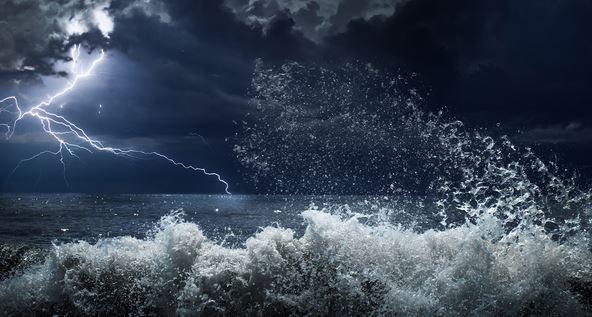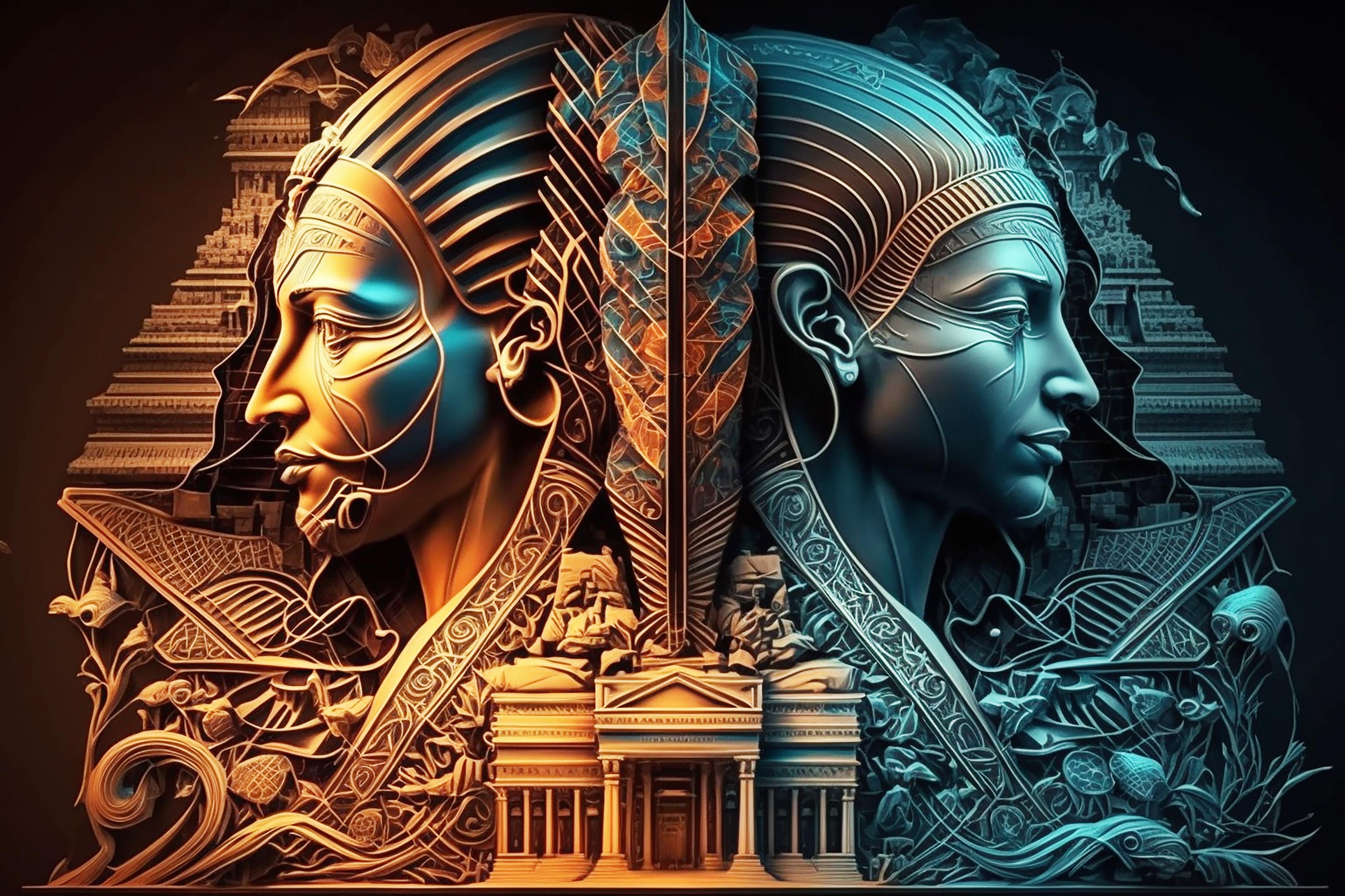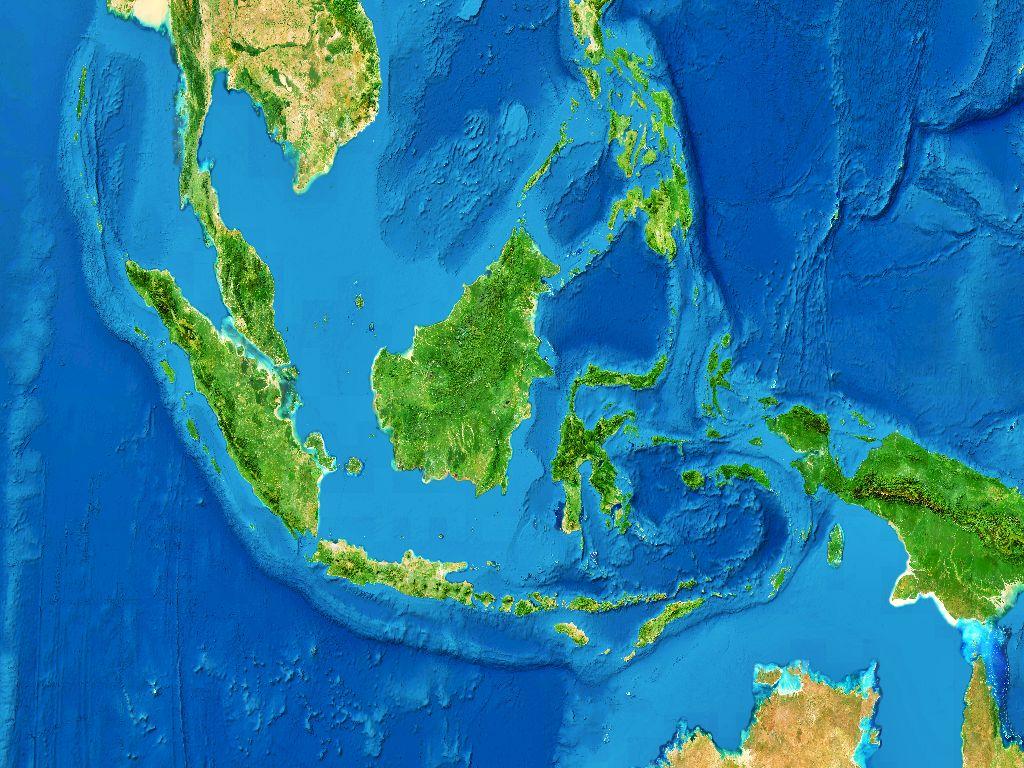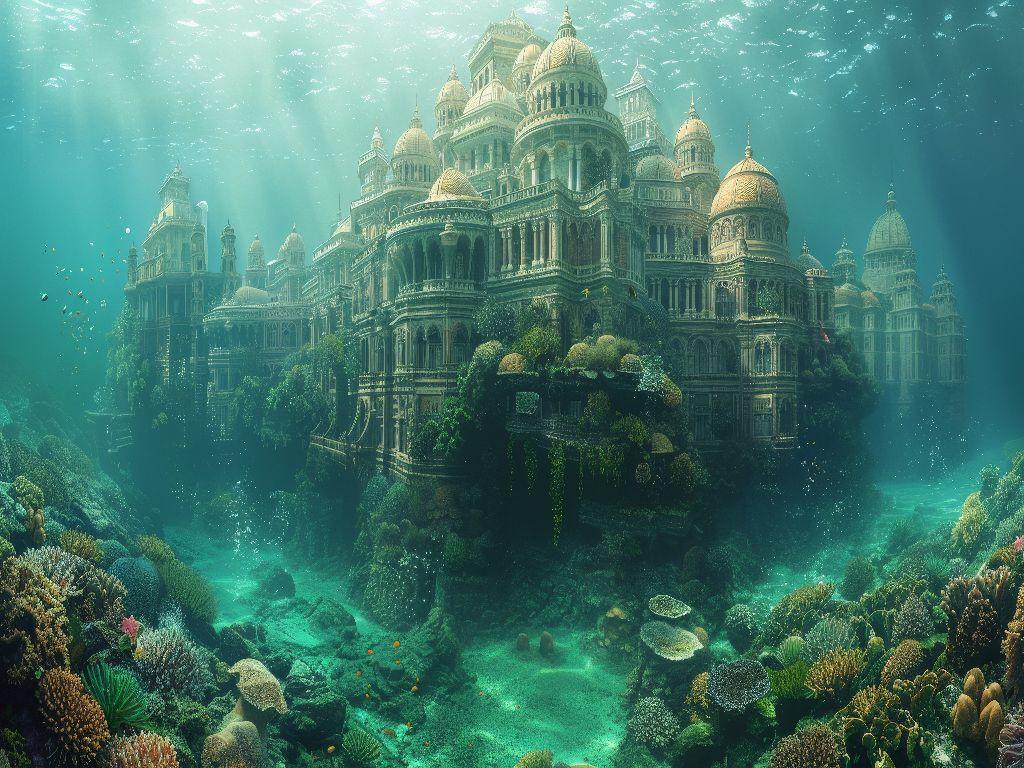
🌊 The Flood in Different Cultures
📖 1. Biblical Flood (Genesis, Old Testament)
God sees that people have become evil and corrupt.
He sends a flood to destroy all life.
Only Noah, a righteous man, and his family are saved – by the ark that God has him build.
Two of each animal species come aboard the ship.
After 40 days of rain, the water recedes, and Noah lands on Mount Ararat.
God makes a covenant with Noah – the sign: the rainbow.
🏺 2. Mesopotamian Flood (Epic of Gilgamesh, Epic of Atrahasis)
The gods are annoyed by the loud people.
The god Enlil sends a flood.
The wise man Utnapishtim (or Ziusudra) is warned (usually by Ea/Enki) and builds a boat.
Animals, family, and craftsmen accompany him.
After the flood, Utnapishtim is granted immortality.
This version is older than the biblical one and very similar.
🐉 3. Indian Flood (Manu and Matsya)
The first human, Manu, is warned by a divine fish (Matsya, an incarnation of Vishnu).
He builds a ship that saves him and the seven rishis (holy sages).
A new world emerges after the flood.
🌏 4. Other flood myths around the world
China: Flood tamed by the hero Yu.
North America: Various indigenous tribes report floods with the help of animals or spirits.
Australia, Africa, and Polynesia: Here, too, there are stories of great floods and divine judgment.
🧠 Symbolism of the Flood
The Flood is more than just a natural disaster – it represents:
Purification and new beginnings
Judgment and grace
The transition from one age to the next
Destruction of the old to make room for the new
In esoteric interpretation, often a symbol of a collective shift in consciousness










